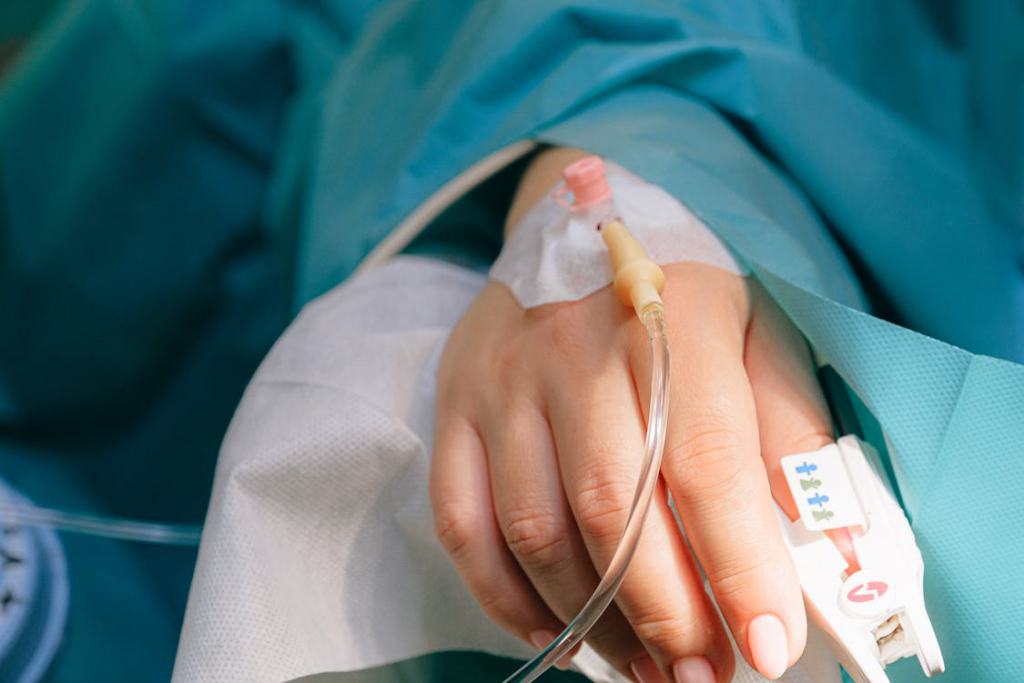
The process of pulse oximetry is generally painless and noninvasive. You can wear a device that measures the current oxygen levels in your blood and its saturation. The detection of small changes in oxygen is crucial in today’s world, where the Covid-19 pandemic is still going.
Devices that are used in the measurement of oxygen in the extremities like arms and legs are clip-like and small. The Masimo pulse monitor can be put on your earlobes and toes like a clip, but it’s not painful. This is used in many clinics to measure one’s vital signs, emergency rooms, and hospital settings to help the doctors determine your current condition.
Uses and Purposes
The primary purpose of pulse oximetry is to see if your heart is pumping enough oxygen inside your body. The monitoring of individuals with asthma, chronic obstructive pulmonary diseases, anemia, pneumonia, lung cancer, and congenital heart defects is crucial for their survival.
Some of the most common uses of the device are the following:
- Evaluate the condition of a patient and if he needs a bringing apparatus
- Assess how well a new medication for the lungs is working
- Determine the effectiveness of supplemental oxygen therapies
- Know how effective a ventilator is
- Assess someone’s tolerance for rigorous exercises and physical activities
- For the nurses to gauge if the patient has stopped breathing during the night
How the Device Works
During the reading session, this device is clamped on your earlobe, toes, or fingers. Smaller beams of the lights will pass through the blood inside your body, and they will measure the current oxygen levels that your heart is pumping throughout your body. You can know more about how your heart works on this page here. It can do this by measuring the absorption of deoxygenated and oxygenated blood. The overall process is entirely painless, and you’ll have the results in minutes.
Steps to Know
The process of pulse oximetry can be used in many outpatient and inpatient situations. Many homeowners know that they can use hospital-grade devices to give them an accurate and correct reading even if they are at home. Some of the processes involve in oximetry may be the following:
-A device resembling a clip will be attached to your earlobe, toe, or finger. You’ll only feel some pressure, but it’s a painless process. In some situations, there will be a small probe that’s going to be placed on your forehead, which can remain in place with the help of a sticky adhesive. If you have nail polish, the healthcare professional may ask you to remove this before they attach the oximeter to your finger.
-You will be asked to keep the probe on as the monitor begins to assess your oxygen saturation level. In many measurements involving physical activities, this is usually done during your rigorous routine and after the period of your recovery. In surgeries, probes are attached beforehand so that the surgeon can monitor your condition while the operation is ongoing. Sometimes, only a single reading is needed, and the probe can be removed quickly.
Knowing More about the Readings

The process is relatively accurate, and this is especially true if you’re using high-quality equipment used in most hospitals and clinics. The results are consistent, and high-quality devices can give you a 2% difference in your condition. If you have a reading of 84%, the saturation levels may be anywhere from 82% to 86%. The assessment and waveform qualities are also considered by many healthcare professionals. Factors like temperatures, movements, or nail polish may affect the results.
You need at least 89% of saturation levels, so the body and the blood remain healthy. Read more about the oxygen levels in this link: https://www.medicinenet.com/what_are_blood_oxygen_levels/article.htm. While having saturation levels below this level does not typically damage the cells, consistent and repeated instances of lowered oxygen levels can be deteriorating in the future.
The normal levels are 95%, and this is applicable for many healthy people. Less than 92% may be considered a case of oxygen deficiency or hypoxemia where the oxygen may not reach some tissues in the body.
Once you get the results, healthcare professionals may advise you to undergo further laboratory tests and treatments if needed. If you’re in the process of evaluating your oxygen supplementation therapy, the lower side may indicate that you need more, or the treatment is not working. Your healthcare professional can help you determine the next steps are if you go above or below specific levels.


